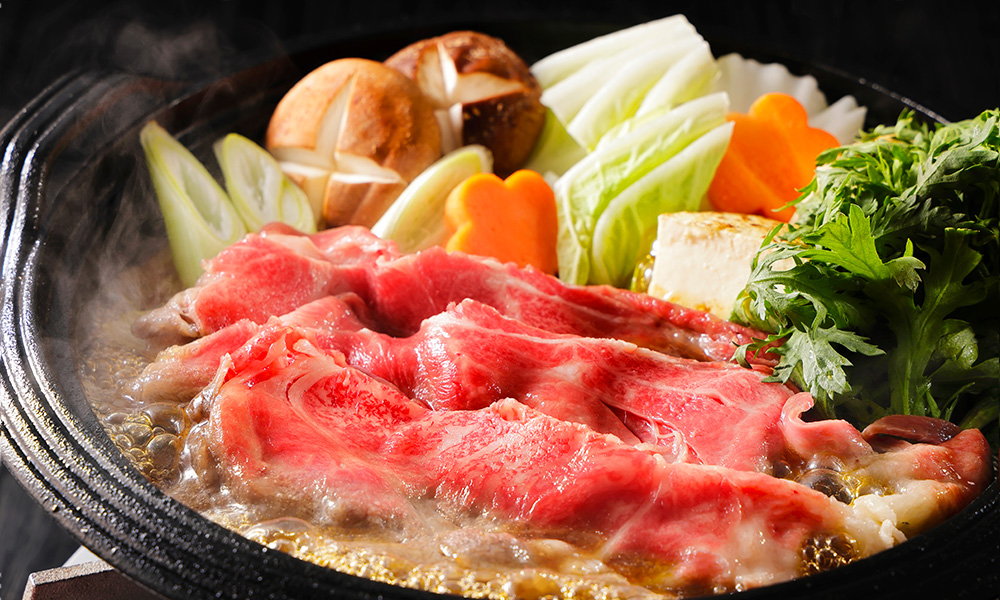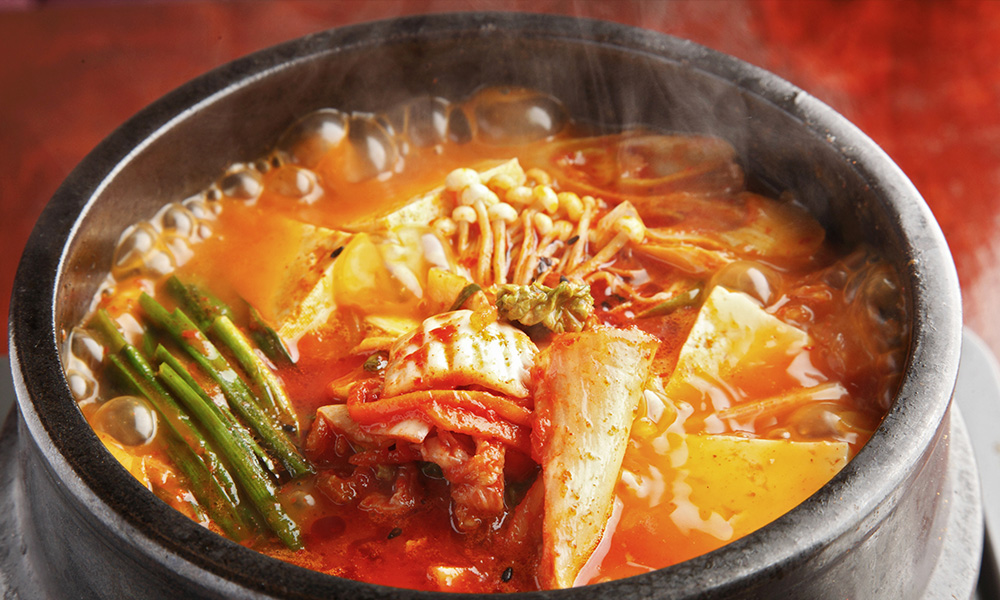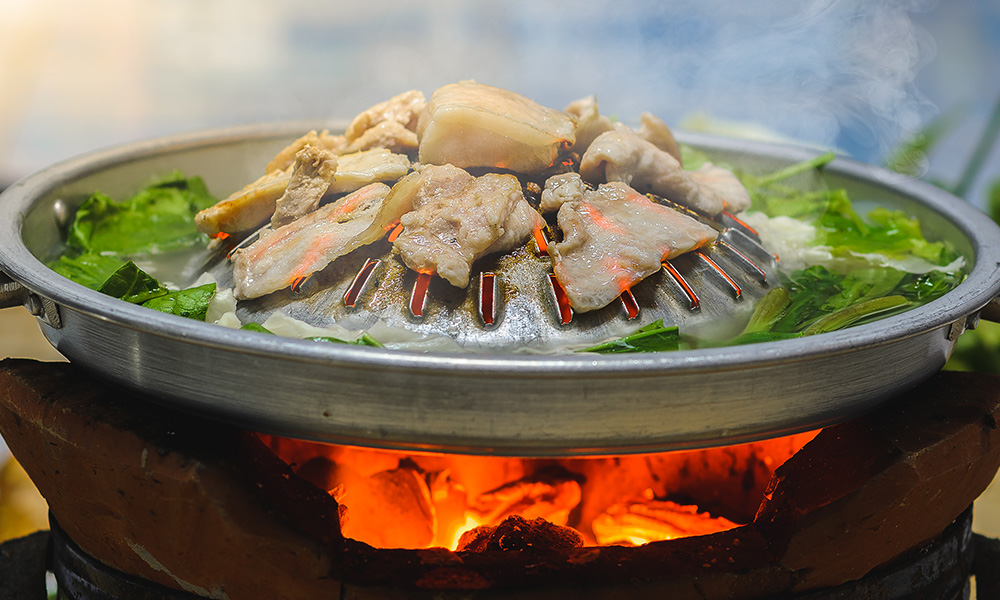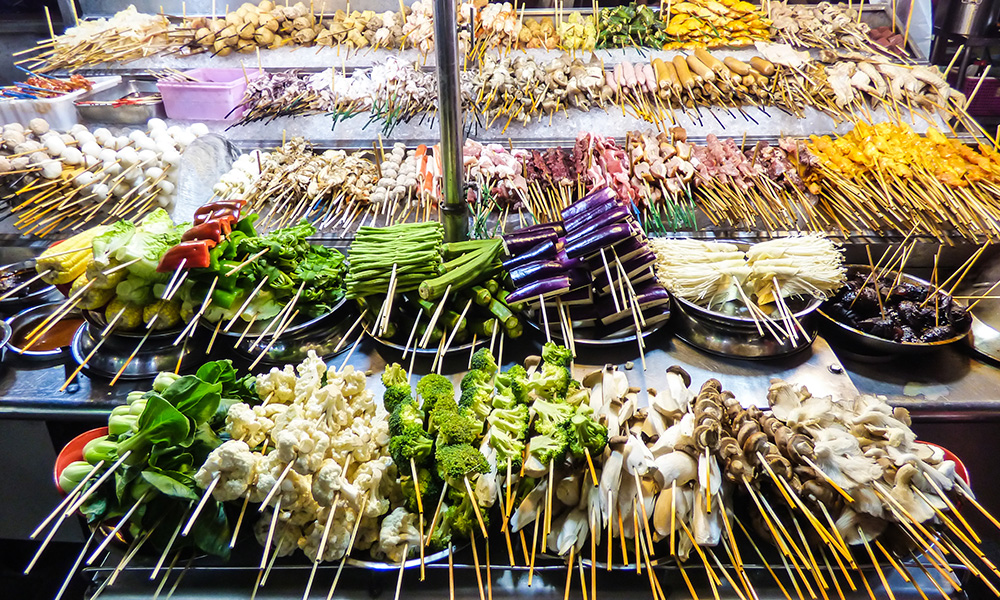Perk Up with 6 Tasteful Malaysian Drinks
Lighten your mood and rejuvenate your senses with 6 must-try Malaysian drinks!
Discover the authentic in Asian cuisine food
 (1)-940x627.jpg)
Shared meals are always a pleasure, and hot pot is one of the most quintessential ways to savour many flavours of meat, seafood and veggies with your friends and family – all in one simmering pot. A timeless favourite among Asians, especially during cold weathers. In fact, there are dedicated restaurants with mini-stove tables just for hot-pot, and many Asian households make their own for large gatherings.
It’s quite easy too, as it basically boils down to cooking fresh raw foods in a hot broth as you eat. Versatile for pretty much anything you like. Absolutely awesome for bold-flavoured meats like beef and mutton, as well as small-sized seafood like prawns and fish-balls.
That said, Asian hot pot actually varies from culture to culture, and features many unique local tastes.

Asian hot pots can be traced to the very first Chinese Dynasty of Zhou, circa 1046 BCE to 771 BCE. The nobility had a heavy bronze tripod stove that cooked a large pot of sumptuous broth with charcoal fire. Which is why hot pot in Chinese literally translates to ‘fire pot’. By the Three Kingdoms era, 200-280 AD, the stove had evolved into a mobile donut-shaped brass bowl with a central chimney stub. This would become the signature hot pot design some still use to this day. However, the dish itself was only popular among the nobility for centuries. Until the Mongols invaded and established the Yuan Dynasty around the 12th Century; and hot pot became a widely available dish – partly owed to the legend that Mongol soldiers cooked meat by boiling water in their helmets.
There are two general categories of Chinese hot pot: Northern style that favours mutton cooked in a simple, neutral-tasting broth, sometimes with a sour-veggie seasoning. Southern style emphasizes the broth that ranges from warm and savoury, to bracing and tongue-numbing spicy; and features all kinds of meats, seafood, mushrooms and veggies. The latter style is more commonly found worldwide. Flaming Mala Hot Pot is one of the most famous spicy challenges. But hot pot is more beloved as a comforting shared meal for the Chinese, even among the global diaspora from the West to Southeast Asia. Same is true for all Asian cultures that have adapted the hot pot to their cuisines.
Chinese hot pot restaurants today typically serve two flavours in a partitioned bowl-pot – one spicy and the other savoury. So you can taste the range of umami and zesty sensations when your meat and seafood soak up the simmering broths.

Japanese hot pots are collectively called Nabemono, as in ‘things cooked in a pot’. The most sumptuous is the sumo wrestlers’ favourite Chanko Nabe, while the more common variants worldwide are Sukiyaki and Shabu-shabu. Both center on cooking thinly-sliced fresh beef, but there are key features that make each unique.
Sukiyaki simmers the beef and broth on a flat iron pot, accompanied by green onion, tofu, shiitake mushrooms, and thin konjak noodles. Flavoured with soy sauce, sugar and kombu. This cooking method is also used to make yummy single-serving dishes like this stew and this Udon special.
Shabu-shabu is a close descendant to Chinese hot pot, boiled in the aforementioned brass bowl-pot stove. The broth’s flavour begins with the basic kombu, then enriched by the veggies, mushrooms and beef as you cook. Try it with our authentic recipe!

Unlike other Asian hot pots in which you cook as you eat, Korean hot pot is more like steamy stews in earthenware pots, and cooks all the hearty ingredients in one-go. The more traditional and classy Jeongol hot pot broth is flavoured by the combo of meat, seafood and veggies, and may even include mandu dumplings. While Jjigae hot pot typically features a key flavour such as the spicy-sour Kimchi Jjigae, piquant and savoury Sundubu Jjigae with soft tofu, and wholesome Doenjang Jjigae with soybean paste. The most popular is the Budae Jjigae, an awesome way to enjoy ham, bacon, sausage, cabbage and other simple everyday ingredients.

Rather than its namesake Sukiyaki, Thai Suki hot pot is actually closer to Chinese hot pot and Japanese Shabu-shabu; with a stock flavoured broth, a variety of veggies and seafood, and yummified with the amazing spicy-savoury dip sauce. There is also another unique Thai hot pot and barbecue ‘mash-up’ called Mu Kratha. It features a bowl-pot with a domed center, on which you grill the meats, and let their natural juices enrich the broth in the pot. Also made extra tasty with the Thai special dip sauce. Mu Kratha and Suki restaurants are typically buffets of fresh meats, seafood and veggies you can choose to your delight.

Vietnam is a coastal nation, so seafood are key ingredients in their cuisine, besides other meats and lots of local greens. And the hot pot is among the tastiest ways to enjoy seafood. The Vietnamese Lau hot pot broth is seasoned with chicken stock, fish sauce, sea salt and sugar for a deep savoury taste. Perfect to accentuate the fresh seafood flavours as you cook and enjoy. Want a zestier Vietnamese hot pot? Have a slurp of this Vietnamese-style Thai inspired Tom Yum special!

Steamboat is synonymous with hot pot in Southeast Asia. It is a localised variant of the Chinese hot pot, and may feature local herbs and spices in the broth, as well as seafood unique to the region. The broth is typically light-flavoured, meant to be gradually enriched by the fresh foods’ natural tastes as you cook. There’s also a street-style hot pot called Lok Lok, served from night-time food trucks with an array of skewered meats and seafood – for you to dip and cook in the boiling broth, then dip in spicy sauce or sweet soy sauce. The Lok Lok trucks may serve grilled skewered goodies as well!

Want an intimate party at home for the cold seasons, but without overcooking? Hot pot is the way to go, and you can have a selection of easy meat-cuts, vegetables and balled seafood for your guests to choose from; or even make it a potluck, where everyone brings a type of fresh food for the boil. Any slow-cook pot or large rice-cooker will do, and the warming, tasty experience is sure to rekindle friendships and bonds with loved ones. Sounds good? Try it with our basic tips and the recipes above!

Lighten your mood and rejuvenate your senses with 6 must-try Malaysian drinks!

Pair your hearty barbecues with these refreshing Asian delights!

What are the properties of ginger, and how to pick, store and use ginger in your cooking? Find out here!